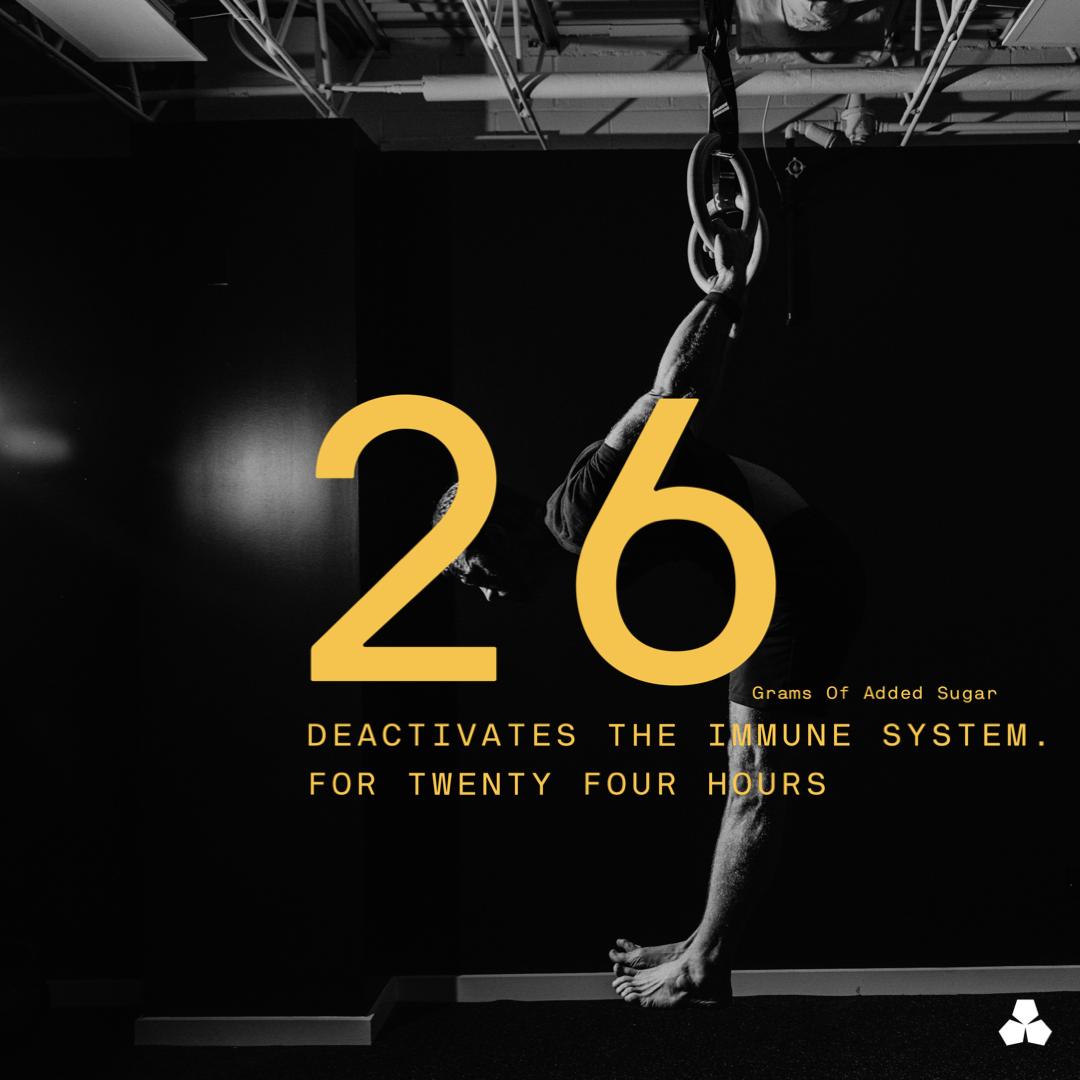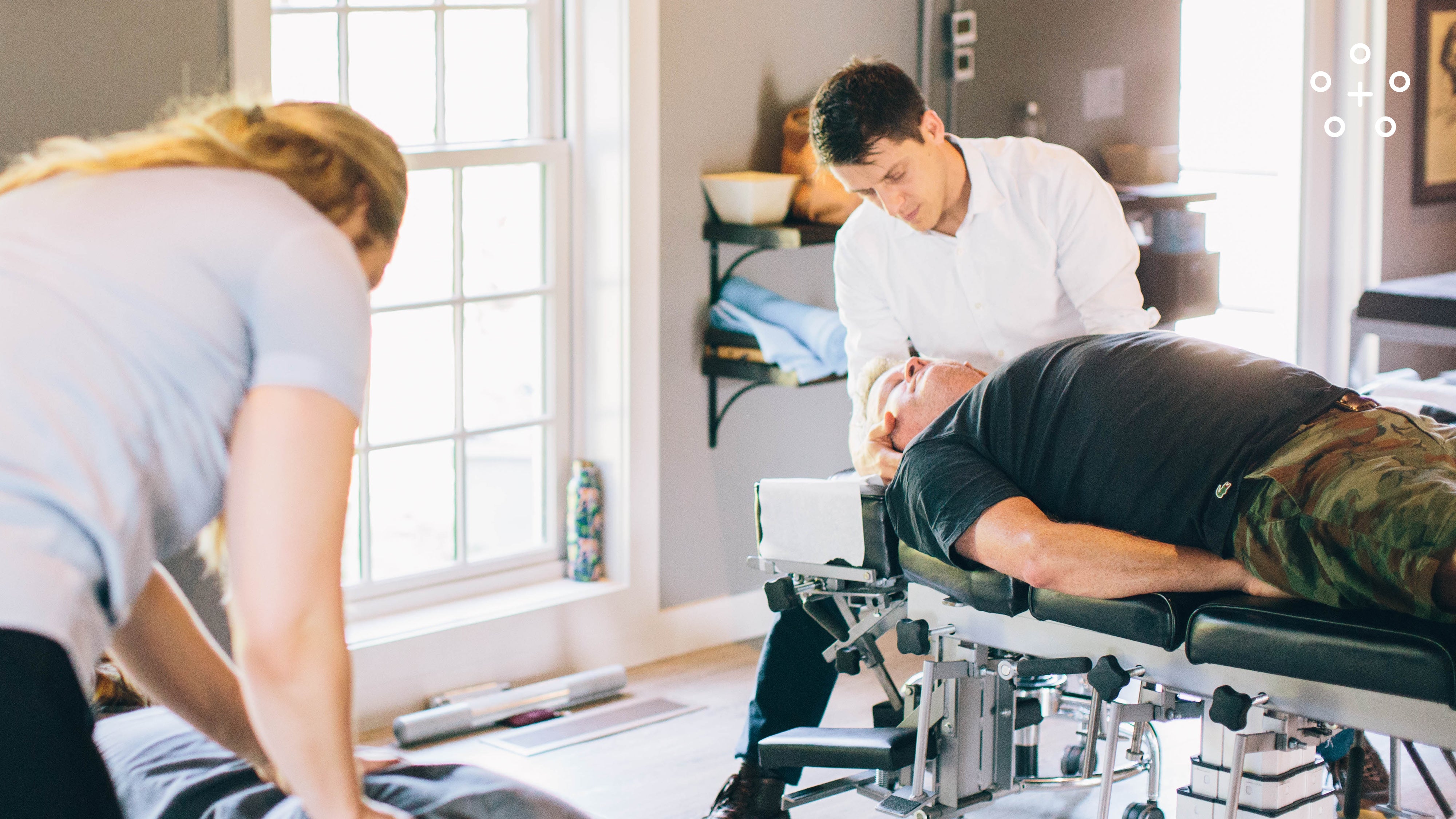TL;DR: Good posture isn’t just about standing tall—it’s about protecting your health. Here’s what you need to know
Main points:
- Poor posture causes back pain, headaches, and stiffness.
- Chiropractors fix more than pain—they correct alignment.
- Forward head position strains your neck and shoulders daily.
- Posture plans include adjustments, exercises, and lifestyle tips.
- Small daily habits make or break your progress.
- Taking action now prevents bigger issues later.
Slouching over screens all day takes a toll on your body. Aches creep in, and that bad posture headache won’t go away. Poor alignment doesn’t just look bad—it hurts your health. It affects your muscles, joints, and even your mood.
If you’re dealing with bad posture back pain or a constant forward lean, it’s time to take action. Talking to a professional about chiropractor posture correction can help you stand taller, feel better, and prevent future pain.
The Hidden Consequences of Poor Posture
Poor posture does more than make you slouch. It causes real harm. The effects of bad posture reach far beyond appearance.
- Many people struggle with bad posture back pain that lingers through the day.
- Others battle a nagging bad posture headache that starts at their desk and follows them home.
- Over time, strained muscles and misaligned joints lead to stiffness, fatigue, and reduced mobility.
Ignoring these signs only makes them worse. Small aches become chronic pain, and your body adapts to unhealthy patterns that are harder to reverse later.
Why a Chiropractor Is the Right Person to Ask
The effects of bad posture don’t fix themselves. A forward head position or rounded shoulders can strain your spine and muscles every day.
Chiropractors understand how alignment impacts your whole body. They spot issues you may not notice, explain what’s causing your pain, and build a plan tailored to you. With chiropractor posture correction, care often includes:
- Gentle adjustments to improve alignment
- Stretching and strengthening exercises for weak muscles
- Lifestyle guidance on work habits, sleep positions, and daily movement
- Holistic support that considers nutrition, stress, and activity levels
This approach moves beyond quick fixes. It helps you retrain your body, improve movement, and prevent future pain.
Signs It’s Time to Seek Professional Help
You may not realize how much your posture is affecting you until symptoms become hard to ignore. Look for these red flags:
- Constant bad posture and back pain or stiffness in your neck and shoulders
- Frequent bad posture and headaches
- A noticeable forward head position or uneven shoulders in photos
- Fatigue after standing or sitting for short periods
- Tightness or tension that stretches and rest don’t relieve
These signs mean your body is under strain. A chiropractor can assess your alignment and start a plan for posture correction before problems get worse.
What to Expect in a Posture Correction Plan
Every correction plan starts with an assessment. Your chiropractor checks how you sit, stand, and move throughout the day. They may measure your range of motion to find the root cause of your pain.
A chiropractor posture correction plan often includes:
- Adjustments to restore alignment and reduce tension
- Targeted exercises to strengthen weak muscles and improve stability
- Stretching routines to release tight areas
- Practical advice for your desk, car, and sleep positions
Small changes in daily habits create lasting improvements. Over time, your body learns healthier patterns, and posture improves naturally.
How Long Does It Take to Fix Posture?
Many people ask, how long does it take to fix posture? The answer depends on several factors:
- How long you’ve had poor posture
- The severity of misalignment
- Your commitment to exercises and adjustments
- Your daily habits at work and home
Some notice relief within a few sessions, while others need weeks or months to see lasting change. The goal isn’t a quick fix but steady progress toward better alignment and less pain.
Consistent care combined with lifestyle changes (e.g. better ergonomics, regular stretching, and mindful movement) leads to results that last.

Holistic Care for Lasting Results
Posture correction works best when it’s part of a bigger wellness plan. Chiropractors often recommend changes that support your whole body and lifestyle, such as:
- Staying active with walking or low-impact exercise
- Managing stress through breathing techniques or meditation
- Improving sleep quality with supportive pillows and mattresses
- Balancing nutrition to reduce inflammation and muscle fatigue
This holistic approach helps you feel better in every part of life, not just when you’re sitting or standing.
Lifestyle Habits That Support Posture Correction
Adjustments and exercises work best when your daily habits support them. Poor posture often develops from routines you repeat without thinking. These are actions like:
- sitting hunched over a laptop
- carrying heavy bags on one shoulder
- skipping regular movement breaks
- sitting for long periods
Changing these patterns is just as important as the adjustments themselves.
A chiropractor will help you identify which habits keep your posture from improving. For example, if you spend hours on your phone, you may notice forward head position and tension in your upper back. Setting reminders to raise your screen and stretch your neck reduces that strain.
Other daily habits that affect posture correction include:
- Sleep position: A mattress that’s too soft or pillows stacked too high can undo progress from adjustments. Supportive bedding helps to maintain your spine alignment overnight.
- Work ergonomics: An adjustable chair, lumbar support, and monitor at eye level prevent bad posture and back pain.
- Movement breaks: Standing and stretching improves circulation, and prevents stiffness.
- Exercise choices: Core-strengthening workouts, walking, and light resistance training support the spine and help maintain results.
Chiropractors often recommend combining posture correction with lifestyle changes like stress management, hydration, and balanced nutrition. These factors may not seem directly connected, but they influence muscle tension, energy levels, and recovery speed.
Making posture-friendly choices part of your daily routine reinforces the work done during chiropractor posture correction sessions.
Take the First Step Toward Better Posture
Your posture won’t fix itself. The longer you wait, the more strain builds up. A single visit to a chiropractor can start real change. They’ll check your alignment, explain what’s wrong, and map out a path toward better posture.
You can also start small today with these exercises:
- Stand up and stretch every hour
- Adjust your chair so your feet touch the floor
- Keep screens at eye level to reduce neck strain
These simple actions support the adjustments and exercises your chiropractor provides. Don’t wait for pain to force you into action. Start now and give your body the care it deserves.
Learn more about our chiropractic care services and schedule a consultation today.




